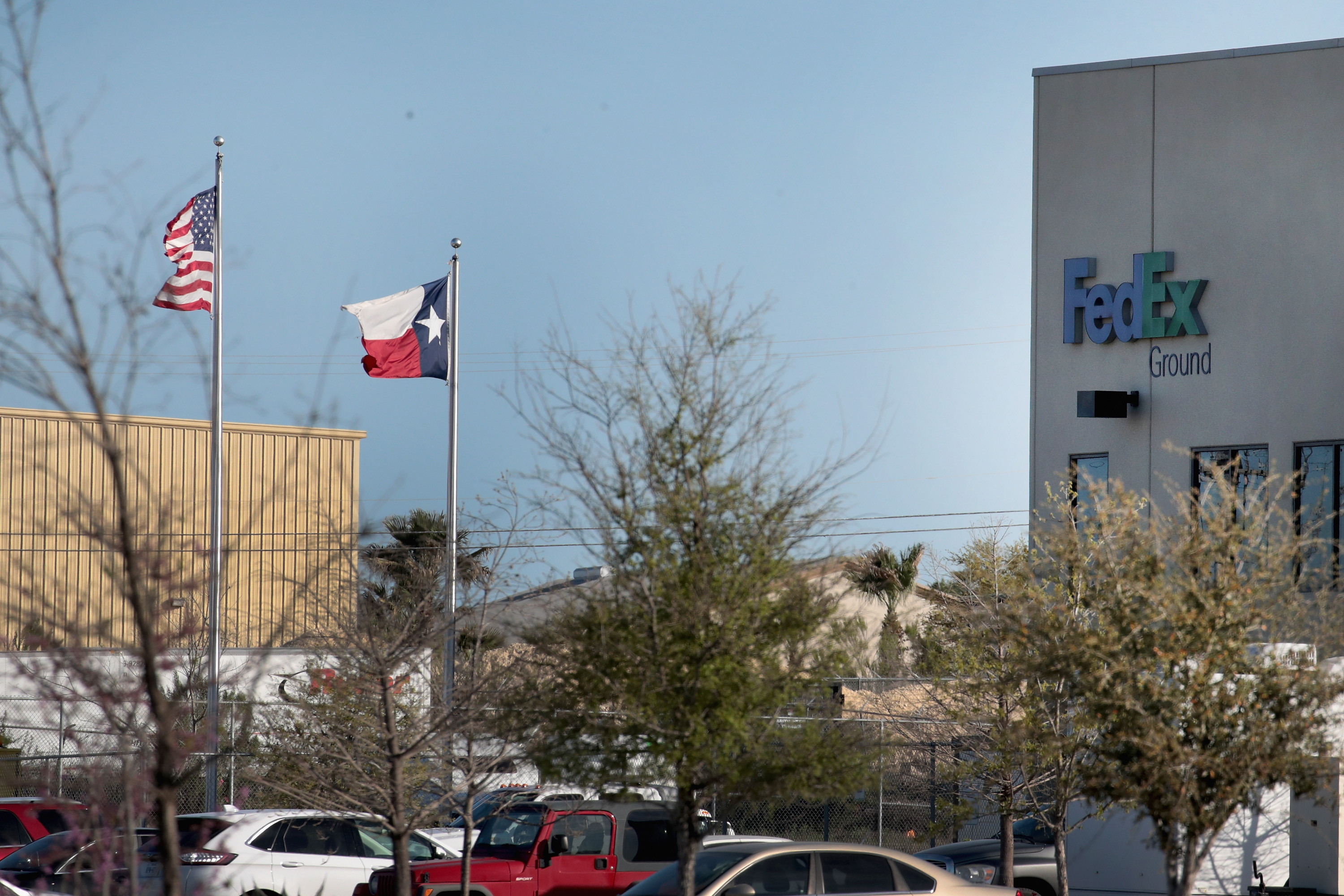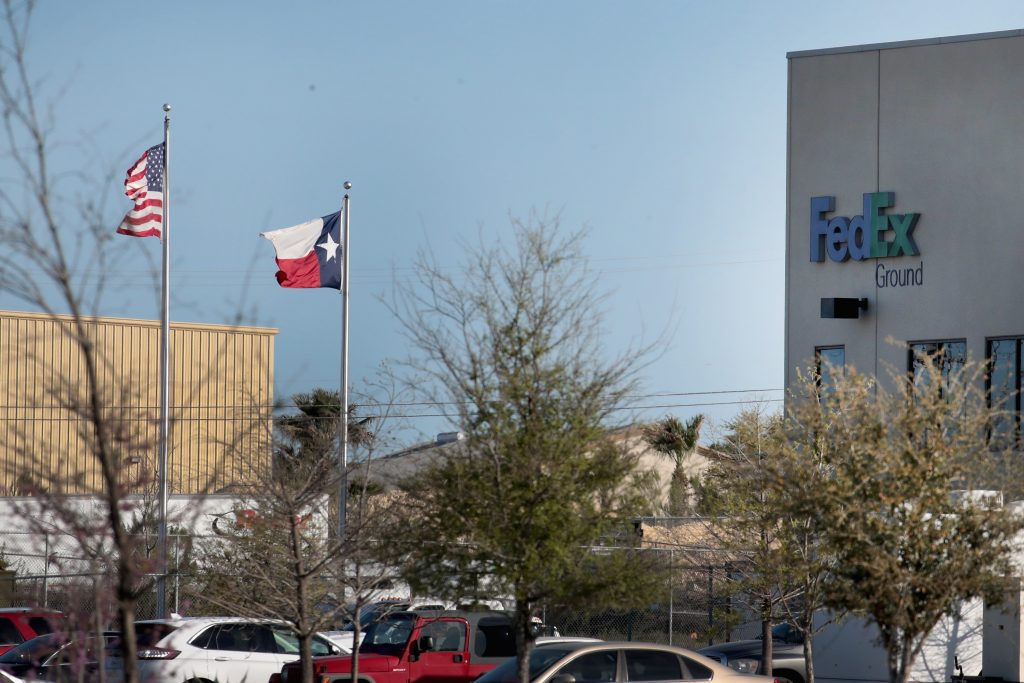For 19 days in March, a 24-year-old man, who built several explosives and detonated them before officials caught him, terrorized the Austin community. Mark Anthony Conditt, a Pflugerville resident who Austin Police Chief Brian Manley labeled a domestic terrorist, claimed the lives of two Black men – Anthony Stephan House and Draylen Mason – and injured five others, including 75-year-old Latina grandmother Esperanza Hope Herrera. She endured severe internal injuries and continues her recovery. The pursuit of Conditt came to an explosive end during the wee hours of March 21 when a bomb detonated inside his car as local and federal agents closed in on him.
Austin-area residents watched in horror as the events unfolded, but came together during and after the pursuit. They established GoFundMe pages for victims’ families and for survivors that quickly met and surpassed fundraising goals. Some local organizations and companies have taken it a step further by rolling up their sleeves and helping rebuild homes of those impacted by the bombings.
Roman Lopez Real Estate Team, an Austin-based firm with majority Latino agents and fully bilingual staff, is partnering with the Cedric Benson Foundation to restore the entryway of the home the late House shared with his widow and child.
“For the past few months, we had been working on a concept with the Cedric Benson Foundation to help rehabilitate homes for families in need within the community of Austin,” Roman Lopez tells me. “We were tied to this family as they were one of our previous clients. We are blessed to be able to help this family and to further enrich the community with our charitable efforts.”
In addition to dealing with the loss of a loved one, House’s survivors were also confronted with extensive damage to the front of the home, including a door that was a complete loss and damage to the home’s concrete entryway. The family wants to continue living in the home without the constant reminder of what happened.
“(The widow) and her child are not living in the home right now. They can’t be there because it’s too difficult,” said Neela Beddoe, a spokesperson for both the firm and foundation. “We want to help them come back home and move on with their lives.”
With many believing the attacks were racially motivated, the tragedy brought solidarity as well as deep conversations about underlying racial tensions that plague Austin.
Beddoe said she felt the tragedy only brought an already tight-knit community closer together and believes race played no role in the community’s response. In the neighboring city of Pflugerville, residents have defended their community and said Conditt does not reflect their values. But longtime Black residents in the Austin area point out the large exodus of their community due to gentrification.
Pflugerville resident Sheldon Lamey understands the fear communities of color felt and is trying to focus on banding together by holding self-defense classes and neighborhood watch groups. “We can’t take it for granted that this won’t happen again,” he told the Texas Tribune. “So we’ve got to be proactive instead of reactive.”




